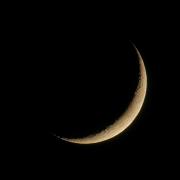
During lockdown the lack of people has allowed Thames wildlife to prosper with some species of marine animals coming in from the sea further into the Thames. A video recently emerged of a seal climbing onto a paddle board in the Thames. These incidents have been happening all over London not just in the Thames. A rise in water vole population around the Thames area has followed suit in areas like Crane Park in Whitton. This is because as shy animals they usually would be exposed to far too many humans but due to lockdowns they have had these areas to themselves. Next time you are near the Thames you should look out for species such as Kingfishers, Heron and if you are in reed bed areas you might even see water voles.
‘While the world continues to be disrupted by the COVID-19 pandemic, it’s reassuring to know that wildlife is still flourishing at our sites.’ says Ian Crump the head of Biodiversity at Thames Water. It’s reassuring to know that despite wildlife workers not being able to work as usual the animals are self sufficient and able to flourish without human intervention. Animal sanctuaries in the Thames such as Isleworth Ait have seen many new sightings of birds such as kingfishers. Near Ham Lands, bats were seen in much larger numbers than usual as there was a lot less to interfere with the sonar they use along with sightings little owls at Ham house . However it has also seen a rise in fox populations which could be damaging for certain ecosystems such as amphibian and non destructive rodents.
The nation is about to go into another lockdown which could allow us to see up close some of these effects in a wintery environment. We could be seeing increased numbers of birds and certain mammals, although due to hibernation animals like the iconic hedgehog won’t be around in their usual numbers. Ben McCarthy, who is the head of conservation at the wildlife trust said “As the lockdown begins to be eased, we all need to play our part to ensure that this wildlife remains undisturbed’.



























